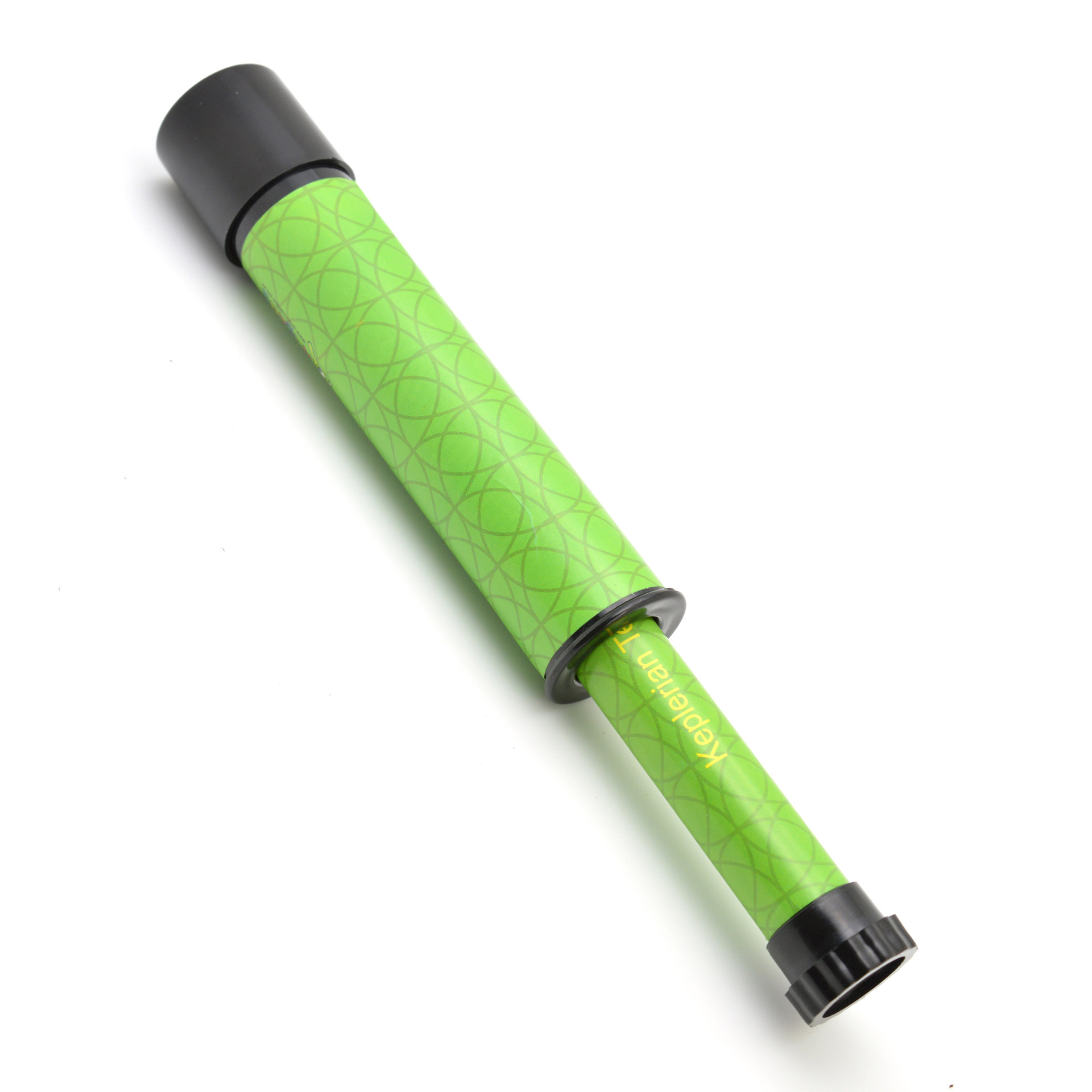
Search history
Clear allSearch by image
XDrag and drop an image here or upload an image
Max 5MB per image
UploadSign In | Join

Search history
Clear allSearch by image
XDrag and drop an image here or upload an image
Max 5MB per image
UploadSign In | Join
X Email Mobile
| Number | Unit-price | Total | |||
| I want to buy: | × | 6.8 | = | 0 |
A new item has been added to your Shopping Cart. You now have items in your Shopping Cart.
Product Name: Telescope
Product Number: DX 115
Package: Packaging Bag
Product size: 245*26 MM
Single weight: 0.12 KG
Packing Quantity: 600 PCS
Box Size: 60*50*55
Home-made Telescope Course Presentation
A telescope is an optical instrument that uses lenses or mirrors, and other optical devices to observe distant objects. It uses light refracted through lenses or reflected by concave mirrors to enter a small hole and converge into an image, which is then seen through an amplifying eyepiece. It is also known as a "telescope." The function of a telescope is to amplify the angle of objects in the distance, allowing the human eye to see details with smaller angle distances. The second function of a telescope is to deliver a beam of light that is much thicker than the pupil diameter (about 8 mm) into the eye, allowing observers to see dark and weak objects that they could not see before. In 1608, a Dutch eyeglass maker named Hans Lippershey accidentally discovered that using two lenses could make distant objects visible, which inspired him to create the first practical telescope in human history. Over the past 400 years, the function of the telescope has become more powerful, and the distance of observation has become longer. In 1609, the Italian Florentine Galileo Galilei invented a 40-fold double-lens telescope, which was the first practical telescope for scientific application.
Objective of the experiment: 1. To understand the structure and principles of the telescope and the microscope.
2. Recognize the importance of the application of convex lenses in imaging for human life and social development, and understand the continuous development of technology.
Experimental Cognition
Lens: A tool used to block external light.
Concave and convex mirrors: The imaging of concave and convex mirrors follows the laws of light reflection: the angle of incidence equals the angle of reflection, and the path of light that is incident along the normal to the reflection point is reflected back along the same path but in the opposite direction.
Experimental steps:
1. Experiment preparation: Recognizing the experimental equipment: condenser, concave and convex lenses.
Experiment Report:
The size of the "field of view" is caused by the size of the eyes. The field of view is not only related to the size of the object, but also related to the distance between the object and the eye lens. Just like a mountain looks very small from a distance, but looks very big when you get close. Although the image formed by the object lens of the telescope is smaller than the original object, it is very close to our eyes, plus the magnifying effect of the eyepiece, the field of view can become very large.
Baby introduction: Suitable for training or for parents and children to make together by hand, this telescope exercises the ability to practice and understand the structure and principle of the telescope, and experiences the principle of convex lens optical refraction and phenomena. It is suitable for educational activities that are fun for parents and children. In daily life, optical telescopes are often cylindrical optical instruments. They focus light directly through the refraction of convex lenses or through the reflection of concave lenses, or observe through an amplifying eyepiece. The optical telescopes in daily life are commonly known as "thousand-mile eyes." This baby is a miniature model of a small astronomical telescope. Astronomical telescopes are different from ordinary telescopes, and the objects observed are inverted images.





Update time:
TOP